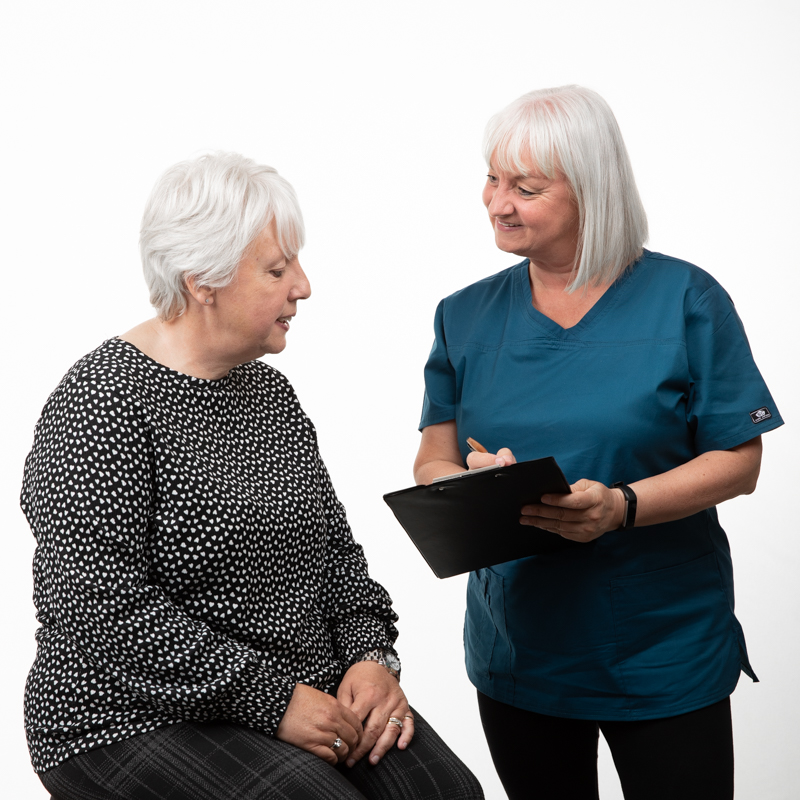
Frequently Asked Questions

Frequently Asked Questions
Frequently Asked Questions
Below are answers to a number of frequently asked questions about the ear wax removal procedure – and general ear care itself.
If you have a question that hasn’t already been asked and answered then please do get in touch and I’ll get back to you as soon as I can.
Do I need to do anything in preparation for my appointment?
The procedure will be more successful and comfortable for you if you use olive oil or an over-the-counter earwax softener prior to your appointment. If these guidelines are not followed then the procedure may fail particularly if you have very hard or impacted wax to remove and you may be required to make a follow-up appointment.
I advise that you use 2 to 3 softening drops twice per day in each affected ear for at least 7 days prior to your appointment and 10 days if you think the wax is impacted or very hard. Softeners are available from pharmacists. I would recommend using olive oil drops.
What is earwax?
Formed in the outer ear the natural wax our ears produce forms a defensive layer in the ear canal. As it is produced it naturally moves slowly from part way down the ear canal to the outside of the ear via tiny hairs and by the movement of the jawbone during chewing or talking. Ear wax has several uses in that it protects the ear against dust, dirt, bacteria and foreign bodies, it also helps fight infection and prevents dry, itchy ears by moisturising the skin inside. Testosterone is the hormone that controls the production of sebum oil which is a constituent of ear wax. It is normal to have some ear wax within the ear canal and it only becomes a problem when it occludes the eardrum or is of sufficient quantity to be uncomfortable.
Should I remove earwax?
Ears are self-cleaning so there should not be any need to remove earwax ordinarily. However, if the body produces too much wax or it gets stuck it may cause muffled hearing or deafness in extreme cases. Some clients have narrow or convoluted ear canals which can also create problems with wax buildup. An ear infection or a cold may produce similar hearing problems so check it is not due to this before seeking help.
I will always check ears with an otoscope first to determine if wax is present and needs to be removed. Everyone produces different amounts of wax at different speeds. Some clients may need regular appointments and some never have any problems. If you have any concerns then you can contact me for advice or see a GP to get your ears checked first.
What happens if earwax is not removed?
If a normal amount of earwax is produced then nothing will happen if no action is taken as it is a natural barrier and should be left alone. However, if excessive buildup is present this may cause irritation, a blocked or full feeling of discomfort and muffled hearing if the eardrum has become covered with impacted wax.
Other symptoms include: dizziness, tinnitus or earache. Impacted wax is common in older adults as the wax becomes harder as we age. Regular users of cotton buds or ear plugs push the wax further into the ear canal where there are no hair cilia present to assist it toward the outer ear. This is why it is important to know the best way to care for your ears.
Who is most likely to need ear wax removal?
Clients who commonly need ear wax removed are:
- Those who wear hearing aids
- Older people
- Users of ear headphones
- Those with narrow or convoluted ear canals
- Regular cotton bud users
- Those who suffer from skin conditions like eczema or psoriasis
- Regular users of earplugs
- Those with very hairy ears
- Those with learning disabilities – the reason for this is unknown
- Those suffering from anxiety, stress and dietary or hereditary factors.
What does the Water Irrigation procedure involve?
I use an electronic ear irrigation machine which has a reservoir containing warm water so I can deliver a safe, quick and effective treatment by flushing out the soft wax.
The machine has a variable pressure control so that irrigation can begin at the lowest pressure of water flow to cater for different sensitivities and needs.
Is the Water Irrigation procedure suitable for everyone?
Please note it will not be a suitable treatment if you have had:
- A perforated eardrum
- Ear surgery
- Cleft palate
- Grommets inserted in the last 18 months
- Pain in or around the middle ear
- Mucus discharge from the ears
- Infection from your ears or treatment for this in the last 6 weeks
- Have experienced previous problems with irrigation ie. pain or severe vertigo
- Have any other ear complaints.
Is the Water Irrigation procedure suitable for children?
Ear irrigation using water is not a suitable procedure for removing wax from children’s ears and I am not insured to do so. The minimum age I can treat is aged 18 years. Micro suction may be more appropriate or you could seek advice from a pharmacist regarding the use of softening agents. If it is a recurrent problem or causing issues relating to education or child development then seek advice from your GP for a referral to an audiolgy specialist.
How much does the procedure cost?
The cost is £40 and this includes the initial assessment, consent, examination and removal of any identified wax, as well as ongoing advice to minimise recurrence.
If upon inspection there is no wax build-up then there is a reduced charge of just £10.

